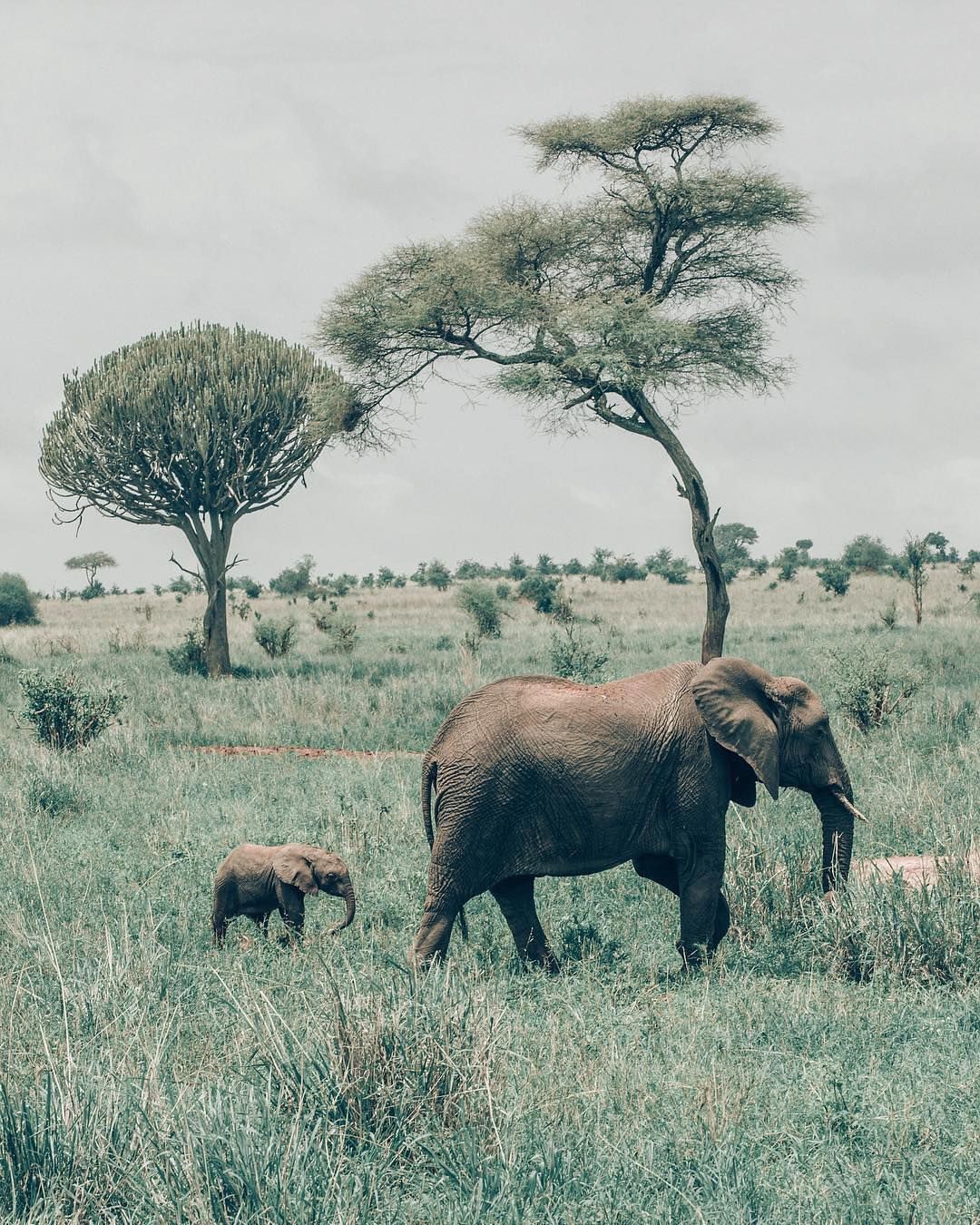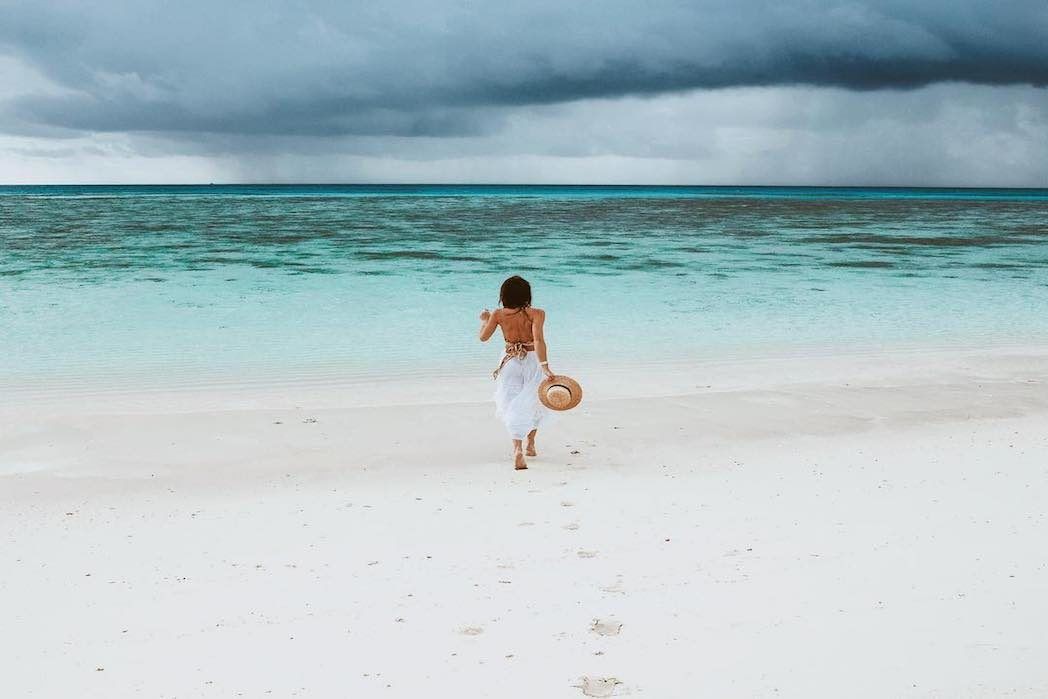
There’s nothing better for the mind and body than exploring the wonders of nature, and what better way is there to do that than immersing yourself in one of the world’s largest national parks! Here we round up the 5 biggest national parks on earth to add to your travel bucket list.
Working out what the biggest national park in the world is, is more tricky to answer than you may think. The issue lies in what the actual definition of a national park is, which can be subject to interpretation depending on who you speak to.
But for the purpose of putting together this bucket list, a national park was considered as protected, recreationally accessible land including transnational parks, marine reserves, and national monuments. Sounds good to us.
Let’s countdown the national parks you need to visit, from smallest to largest.

#1 – Great Barrier Reef Marine Park, Australia
Off the coast of Queensland, the Great Barrier Reef is 344,400 km sq. Its vastness is made up of 900 islands and almost 3,000 individual reefs spanning a length of 2000km. The whole area together is so long that it can be seen from space.
Not only is this national park beautiful because of the vegetation, its size and location make it the perfect home for an array of sea life. By visiting, you’ll be amongst 1500 different fish species, 125 species of sharks and rays, 30 species of whales, 17 species of sea snake, and six turtle species. Not to mention a large population of molluscs, coral, and saltwater crocodiles.
When you consider its size, beauty, and the amount of biodiversity it homes, there’s no surprise the Great Barrier Reef is one of the world’s natural wonders and a world heritage site.
#2 – Phoenix Islands Protected Area, Republic of Kiribati
You’ll find this 408,250km sq area of marine and land ecosystems in the southern Pacific Ocean. It surrounds the Kiribati group of islands, which is also referred to as the Phoenix Island Group. Due to its isolation, it’s a crucial habitat for some migratory species.
The Phoenix Islands are also thought to be home to a presumed 14 underwater extinct volcanoes and approximately 800 known animal species, including coral, fish, marine mammals, and birds.
It also stands to mention that this park is awe-inspiring in its beauty but, more importantly, in its size, to the point if you plan on travelling there, it’s in your best interest you have something to occupy yourself for the journey.
#3 – The Kavango Zambezi Transfrontier Conservation Area
(Angola, Botswana, Namibia, Zambia, Zimbabwe)
Twice the size of the UK at 519,912km sq, the Kavango Zambezi Transfrontier Conservation Area, can be found lying in the Kavango and Zambezi river basins before stretching across five southern African countries.
#4 – Northeast Greenland National Park, Greenland
The second largest national park is the 972,000km sq Northeast Greenland National Park. To put it into perspective of just how large it is, it would be the 31st largest in the world if it were a country. This national park was expanded in 1988 after being created initially in 1974.
#5 – Papahanaumokuakea Marine National Monument, USA (Hawaii)
Coming in at just under double the Northeast Greenland National Park size, the world’s largest park is easily the 1,510,000km sq behemoth, Papahanaumokuakea. Covering a large part of the Pacific Ocean, this park is larger than every national park in the United States combined.
With a rich history behind it, the name derives from the union of Papahanaumoku and Wakea, two honoured ancestors of Hawaii. It is believed to be sacred by locals and a place where all spirits return after their death.
Where will you be going on your next adventure? Let us know in the comments below.
MORE – Why Nature Is Good For You: Health, Mind, Body
MORE – Travel Around Australia By Boat: The Perfect New Year Activity

No Comments